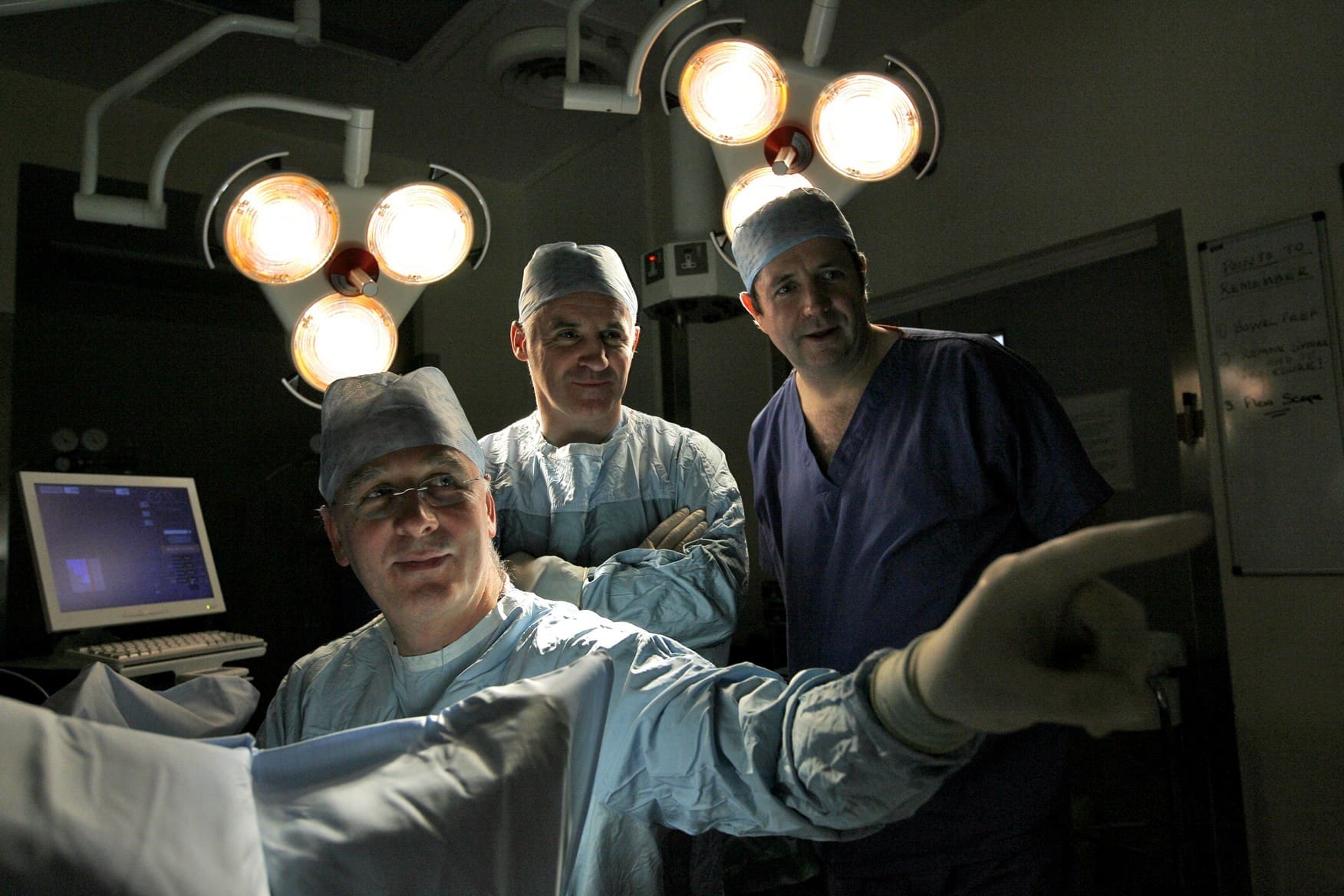
Prostate Cymru’s key aims include improving the treatment available to for prostate diseases. The money raised by the charity and its supporters is invested into new treatments and technologies including:
GreenLight laser PVP (photoselective vaporisation of the prostate) is a minimally invasive treatment for benign prostate disease that delivers a beam of green light to vaportise overgrown prostate tissue from benign prostate disease. GreenLight laser treatment eliminates the risk of bleeding in benign prostate surgery and allows for safe day case surgery and a quicker return to normal activity for patients.
The first GreenLight laser case in Wales was performed in Bridgend in 2004 by Prostate Cymru Chairman Andy Thomas. The first GreenLight laser unit at the Princess of Wales Hospital in Bridgend, now considered a centre of excellence for this type of treatment, was established with funds raised by GLAZE Prostate Charity (now Prostate Cymru) that was established by the late Ray Murray, his wife Lyn and Andy Thomas in 2003.
In 2016, The National Institute for Health and Care Excellence (NICE) recommended the GreenLight Laser treatment for benign prostate disease to the NHS in England and Wales.
Da Vinci Training – Operation Robot, the campaign to bring robotic surgery to Wales, was launched in 2012. The campaign aimed to highlight the geographic inequality between England and Wales for prostate cancer treatment and to lobby the government to offer this innovative type of surgery to patients in Wales. At the time of the campaign, Wales did not have a robot whilst England had over 40.
Following a petition and representations from Prostate Cymru, the Welsh Government agreed to fund the £2.5 million Da Vinci robot through their Health Technology fund and with assistance from Cardiff University. The robotic system was installed in the University Hospital of Wales, Cardiff in 2014.
Prostate Cymru has funded the training of many surgeons to use the Da Vinci system to treat patients across Wales who opt for robotic prostatectomy as minimally invasive surgery for prostate cancer.

